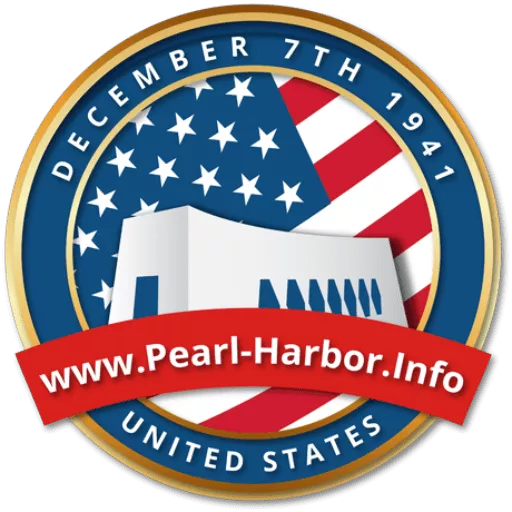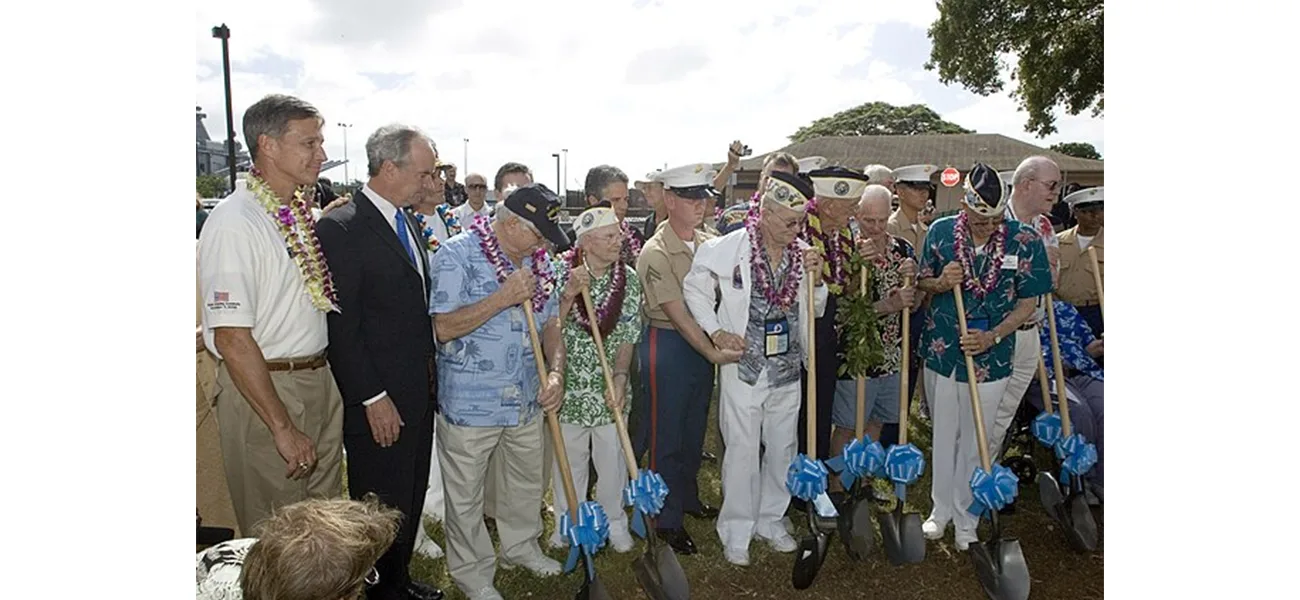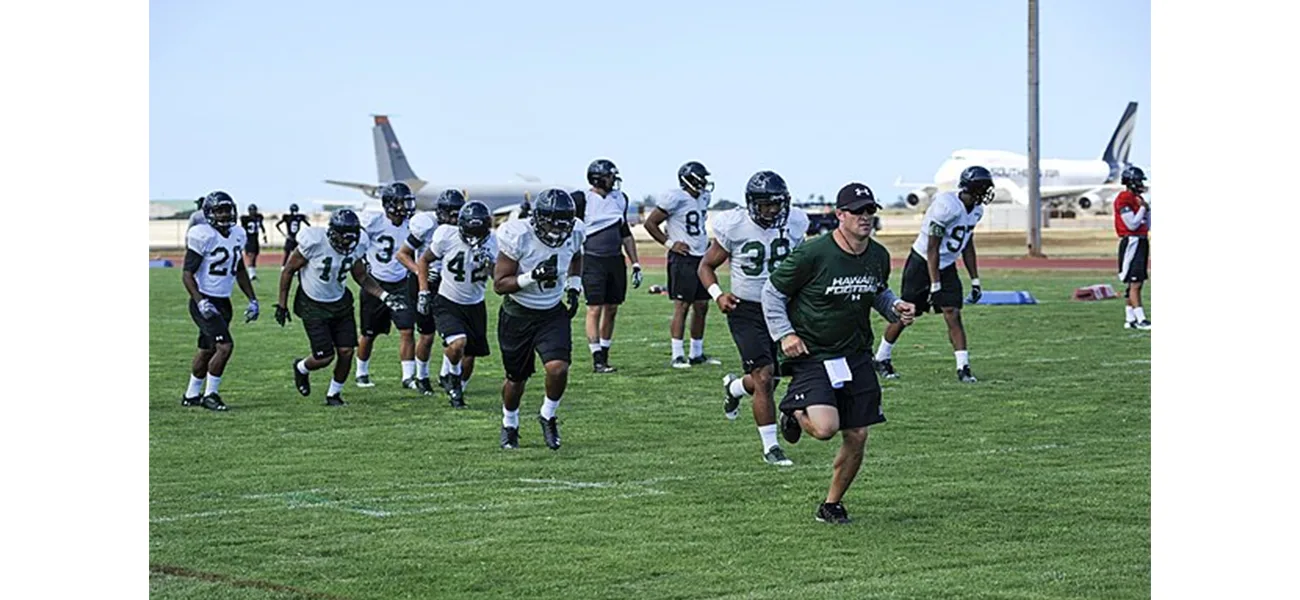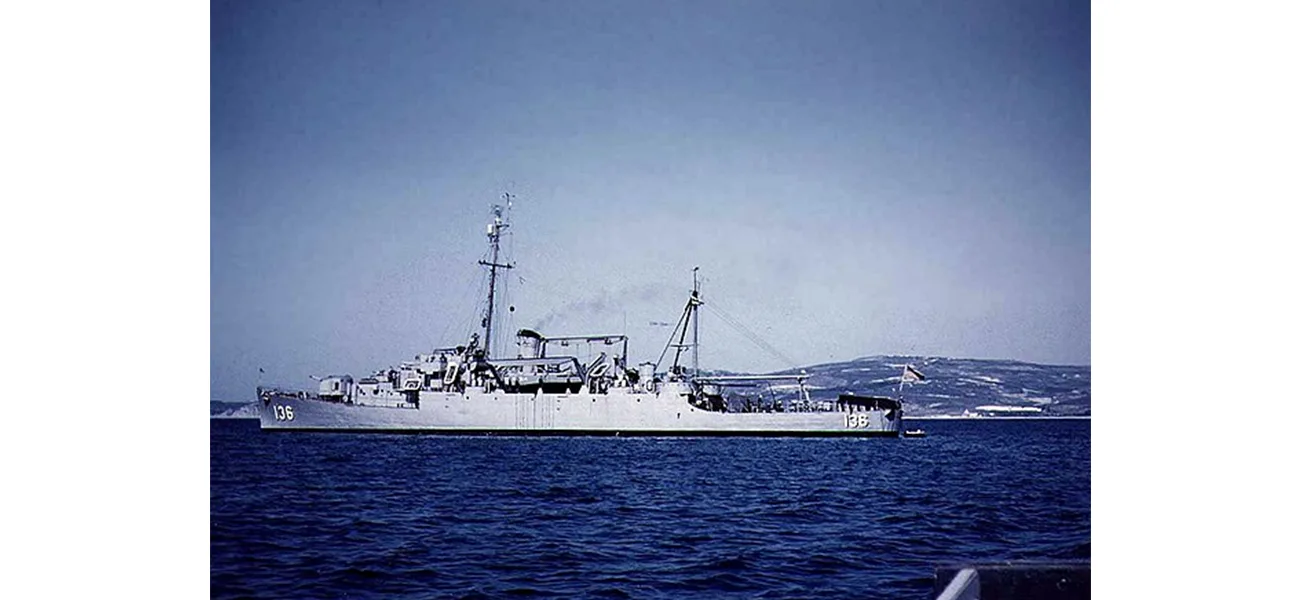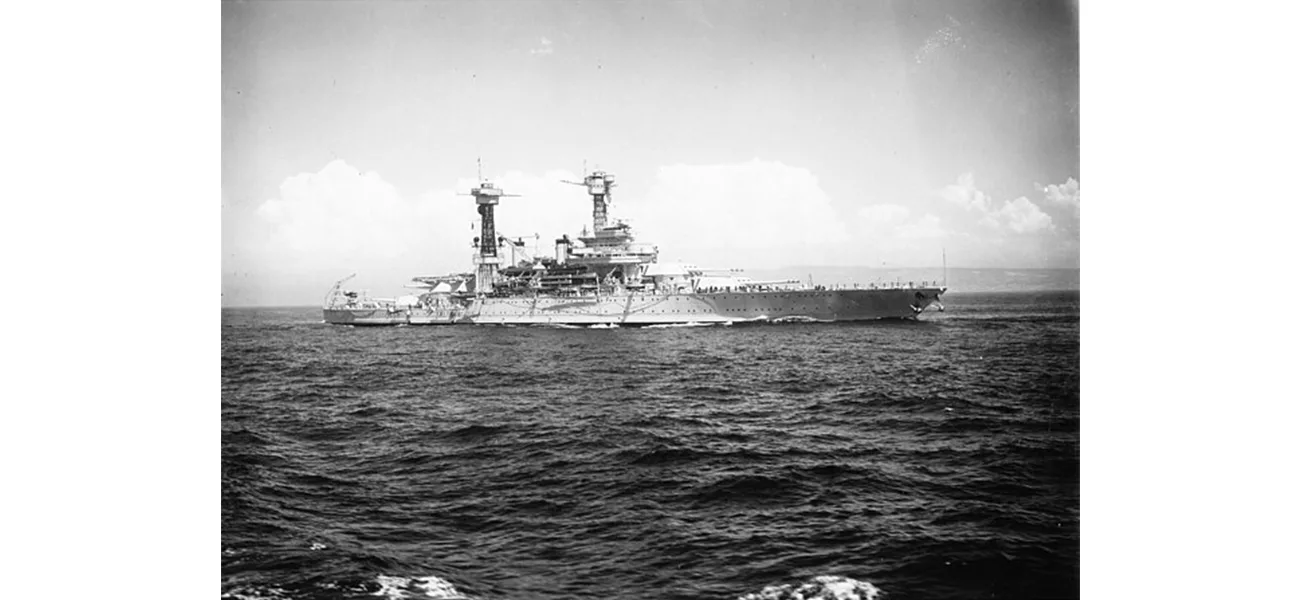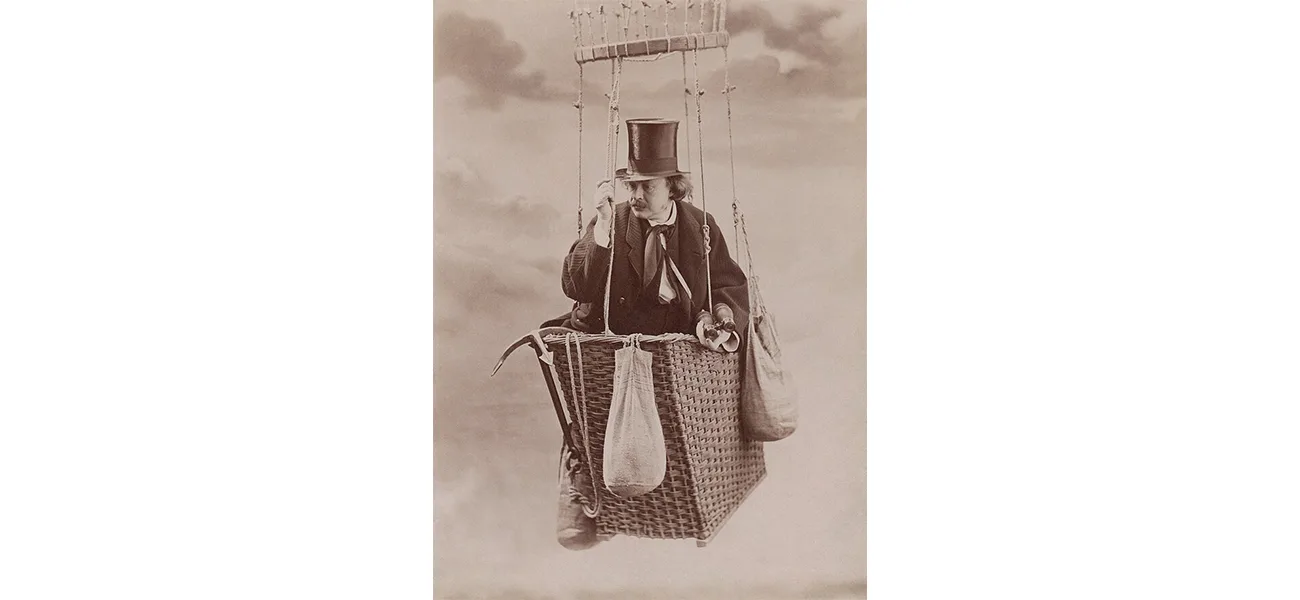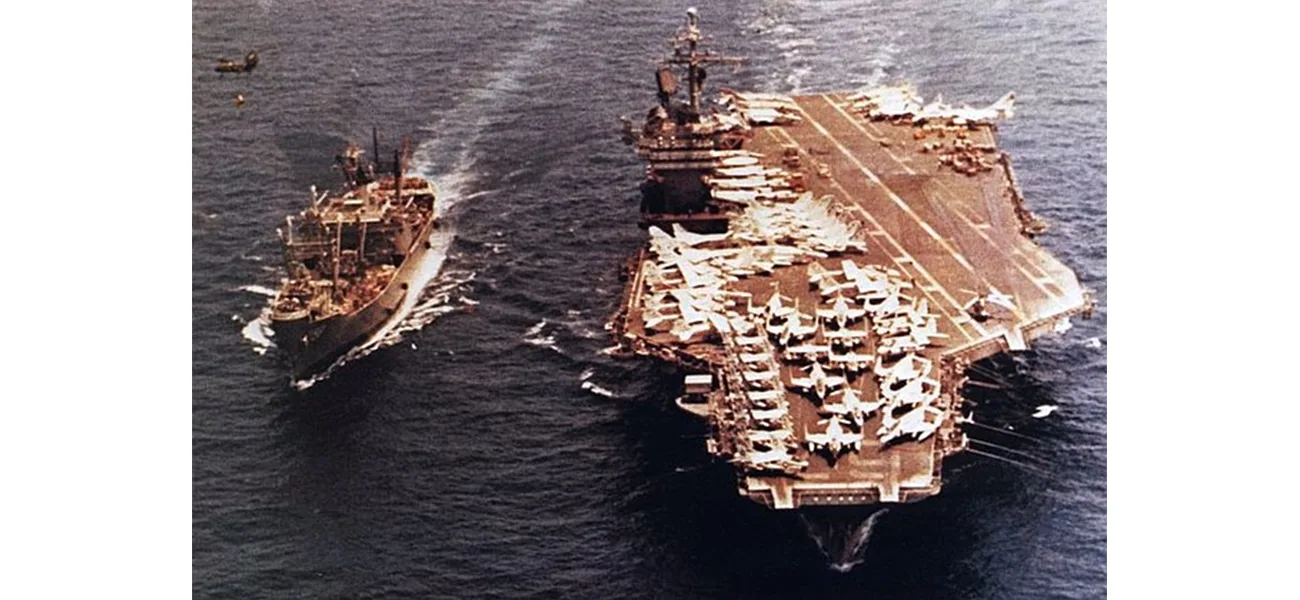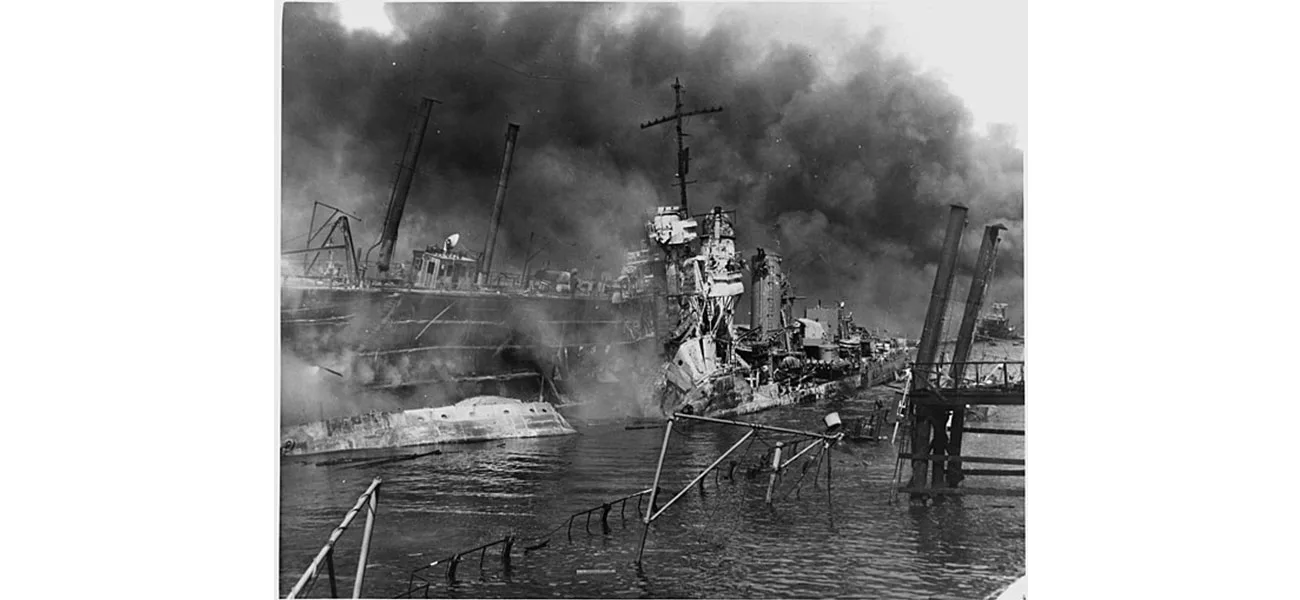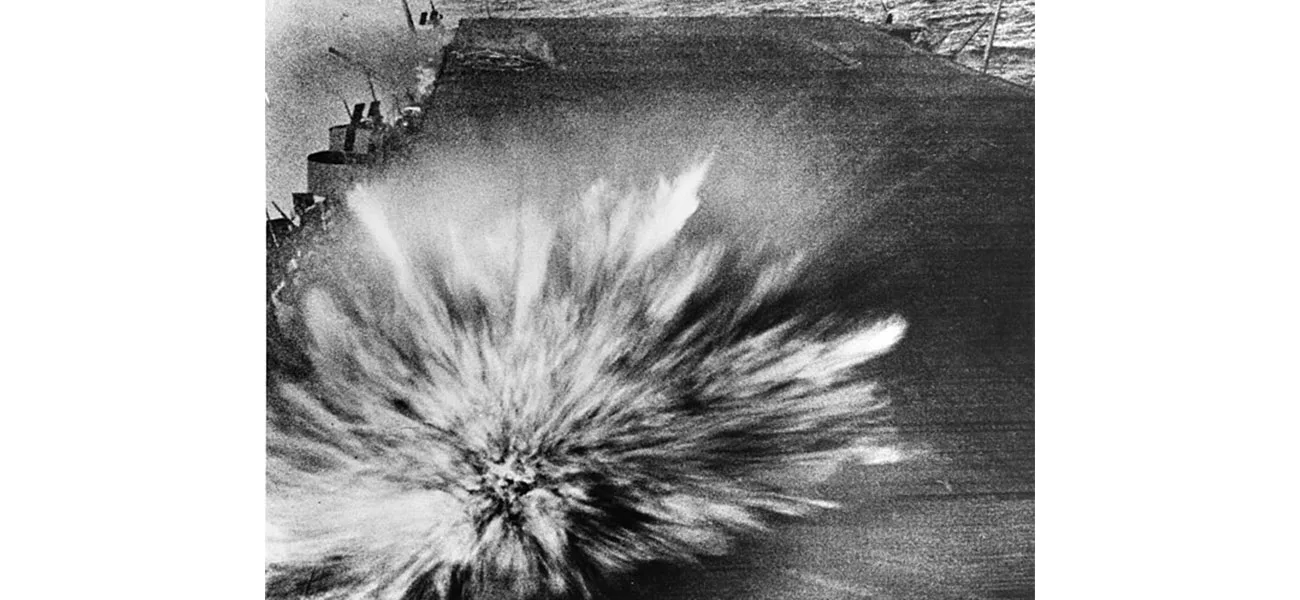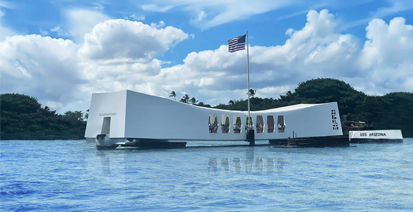USS Oklahoma Sailor James Solomon Identified
It’s been over 76 years since Navy Seaman 1st Class James Solomon lost his life during the devastating attack on Pearl Harbor. A native of North Texas, Solomon was serving aboard the USS Oklahoma (BB-37), moored at Battleship Row on December 7, 1941. As Japanese bombers and fighters descended on the harbor, the lives of over 2,400 Americans were forever changed. Tragically, Solomon’s life was among those cut short, and for more than seven decades, his family sought closure.
The Tragic Day at Pearl Harbor
On that fateful morning, Solomon, like so many others, was performing his regular duties aboard the USS Oklahoma. As the attack unfolded, the battleship was struck by multiple torpedoes, leading it to capsize and sink. Many sailors aboard were lost, including Solomon, whose fate remained uncertain. After the attack, while some sailors were identified and recovered, Solomon’s remains, along with many others, were deemed unrecognizable due to the brutal nature of the incident. The news was devastating to his family, especially his mother, Bonnie Solomon, who could never fully mourn her son.
The Long Wait for Answers
James Solomon’s family received official word in early 1942, with a telegram stating that he had been killed in action. However, this official notice came months after his initial disappearance, and his family never received the full closure they needed. The painful uncertainty persisted for decades. Despite the tragedy, the men of the USS Oklahoma and their families held on to hope, waiting for the day when they could finally bring their loved ones home.
DNA Science Leads to a Breakthrough
In 2015, the Defense POW/MIA Accounting Agency (DPAA) launched a groundbreaking initiative to identify the lost sailors of the USS Oklahoma using advanced DNA technology. This effort has resulted in more than 100 successful identifications of sailors who died in the attack. James Solomon became one of the fortunate few to be identified, thanks to this diligent work and the dedication of his descendants.
Solomon’s family was contacted in 2015 when the DPAA began its search for the lost sailors. The agency requested DNA samples from relatives to help match the remains, and several family members—including two of Solomon’s nieces—provided samples. After years of painstaking research, the call came in September 2017: James Solomon’s remains had been identified. For his relatives, the announcement brought relief and sorrow in equal measure. The family could finally bring their loved one home after nearly 77 years of waiting.
The Journey Home
Solomon’s identification was a monumental achievement, but it also marked the end of a long and emotional journey for his family. Hardy Seay, a relative involved in the identification process, was only a child when Solomon left for the Navy. However, he grew up hearing stories of his bravery from his mother Pauline and Bonnie Solomon. “It certainly surprised me to get that call,” Seay recalls. “I thought he may be identified, but probably not in my lifetime.”
On July 14, 2018, James Solomon was finally laid to rest in Forestburg, Texas, the town he had left behind all those years ago. He was honored with a funeral service featuring full military honors, providing the family with the long-awaited closure they had sought for nearly eight decades. Though Solomon was not able to return to his hometown alive, his spirit and sacrifice live on in the hearts of his family and the nation.
The Legacy of James Solomon
The identification and return of James Solomon’s remains is a powerful reminder of the sacrifices made during the attack on Pearl Harbor. The USS Oklahoma lost 429 sailors and Marines, many of whom remained unidentified for decades. The ongoing efforts by the DPAA to identify and bring home these heroes show the nation’s unwavering commitment to honoring those who gave their lives in service to the country.
For those interested in learning more about Pearl Harbor and the remarkable efforts to identify the lost sailors, the legacy of James Solomon and his fellow service members continues to inspire. Their stories of sacrifice, bravery, and perseverance highlight the strength of the human spirit, ensuring that their memories are never forgotten.
A Hero Never Forgotten
James Solomon’s story is just one of many that have surfaced in the aftermath of the attack on Pearl Harbor. His identification and return home symbolize the enduring effort to honor those who made the ultimate sacrifice. The continued work of the Defense POW/MIA Accounting Agency ensures that heroes like Solomon are remembered, and their families are given the closure they deserve.
As we remember the lives lost during the Pearl Harbor attack, let us also celebrate the recovery of these heroes and honor their legacy by telling their stories and preserving their memory for generations to come.
